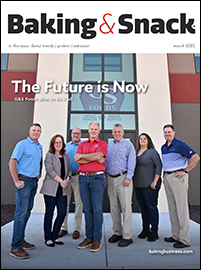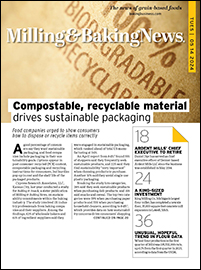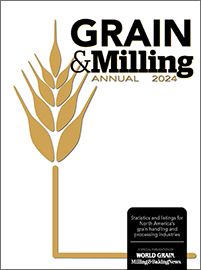Pro Tip: Asking questions when troubleshooting for quality issues can help keep critics at bay.
Consumers have become more vocal about the quality of the products they purchase. No longer is a 1-800 number the first place to go for customer complaints. Social media provides a variety of platforms for consumers to voice their opinions about what they have purchased.
In the baking industry, for example, that impacts bakeries as they continue to struggle to find career-minded candidates who want to learn how to make product and manage quality control. This causes product troubleshooting at the bakery to elevate in importance and urgency.
It falls on those few individuals on the bakery floor that have experience to address quality issues to thwart critics by making sure problems go away quickly. Product issues exist as bakery items are very sensitive and depend on time, temperature and smooth handling to survive. Quality issues need to be eliminated as soon as possible.
Systematic troubleshooting of quality issues is the way to proceed. Taking wild swings at the plate will sometimes land on the right fix, but that is often due to luck. Oftentimes it is better to be lucky than good, but in this case being good is something you can depend on.
A place to start when systematic troubleshooting is to find your way back to the basics. If the quality issue is color, shape or taste, it’s always good to go back and look through the formula changes that have been made, even if you have to go back a year.
Compare ingredient specifications between now and then, and check the dosing levels from the original formula to now. Sometimes little tweaks are made along the way, and suddenly the formula can be off from its original design. You may find that small changes here and there can cause interactions that lead to issues.
Look at old settings to compare what has changed. Dough and batter temperatures, proofing speeds, temperatures and relative humidity may have slipped a bit when different people worked on previous issues.
Check oven speed and temperature to confirm if you are still in range of the original ideas. When you look this over you may find a few “a-ha” moments that lead to a reversal of those changes and back to the basic settings of the past.
Finally, ask questions. Are we doing anything different in the conveyance of the product? Has a transfer become rougher where it handles raw proofed product? Do we have air flow blowing on the product zone that could be affecting quality? Do our people truly know what they are looking for? Do they know when to raise their hand should something not look right?
All these questions and more can narrow the issues. While you are chasing a perfect product, you might land on an excellent one. Consumers are not looking for perfect, so just be excellent, and you’ll keep the social media product critics at bay.
Jeff Dearduff is owner of JED Manufacturing Services who provides “Bakery Guy Tips” to those everyday people working in production, maintenance and engineering. Connect with him on LinkedIn.






